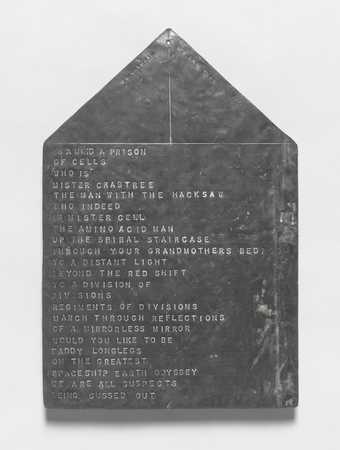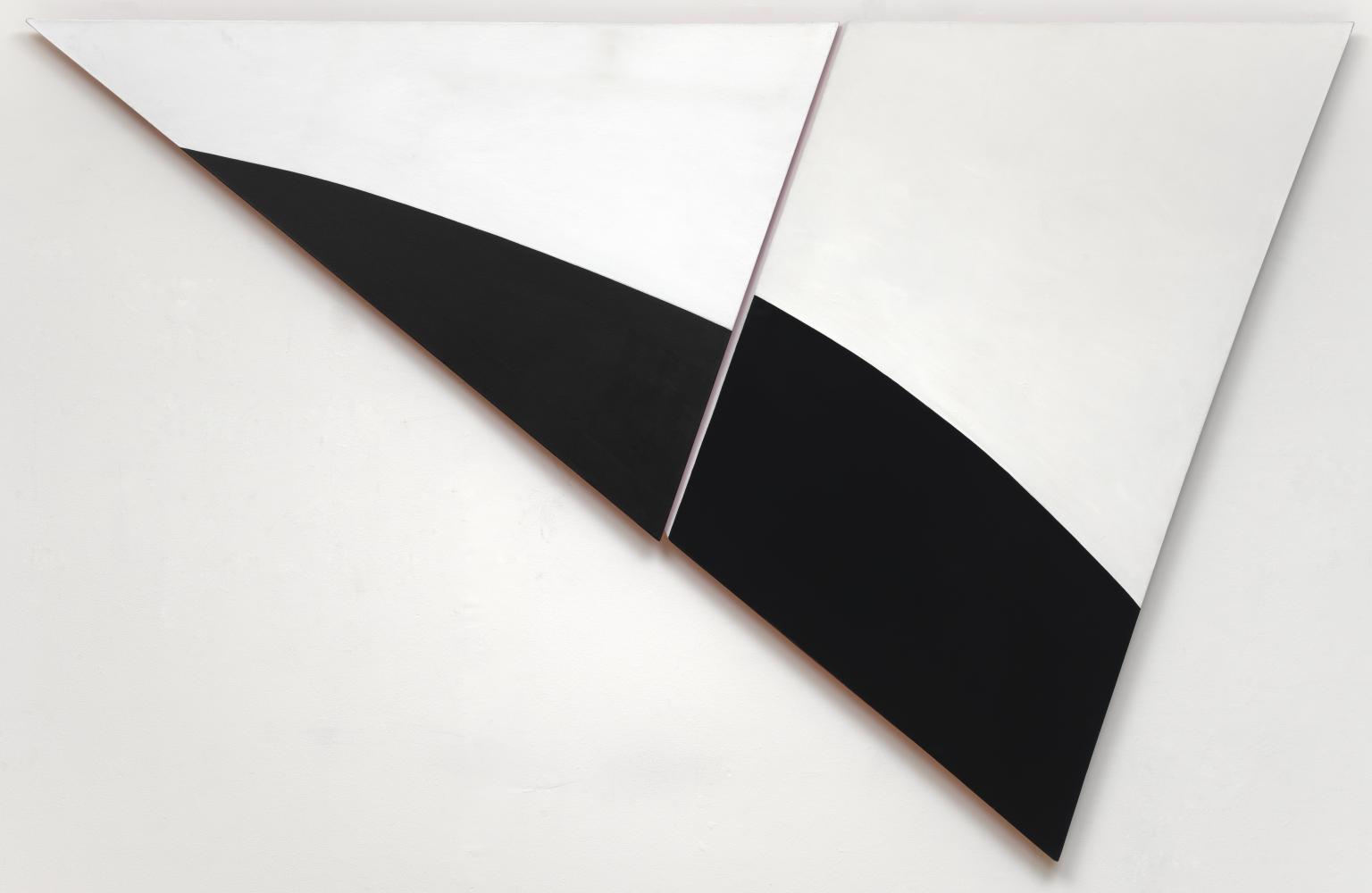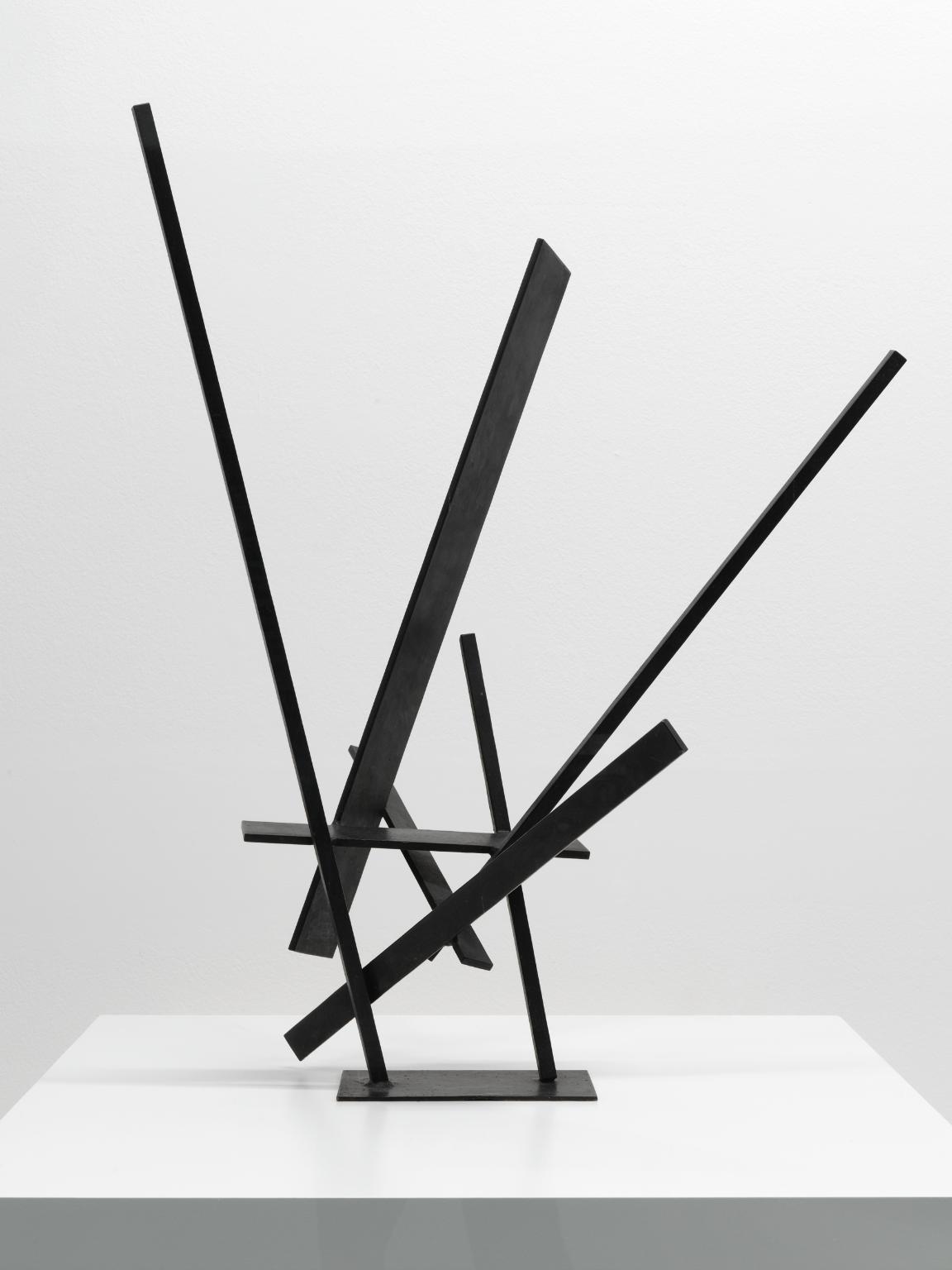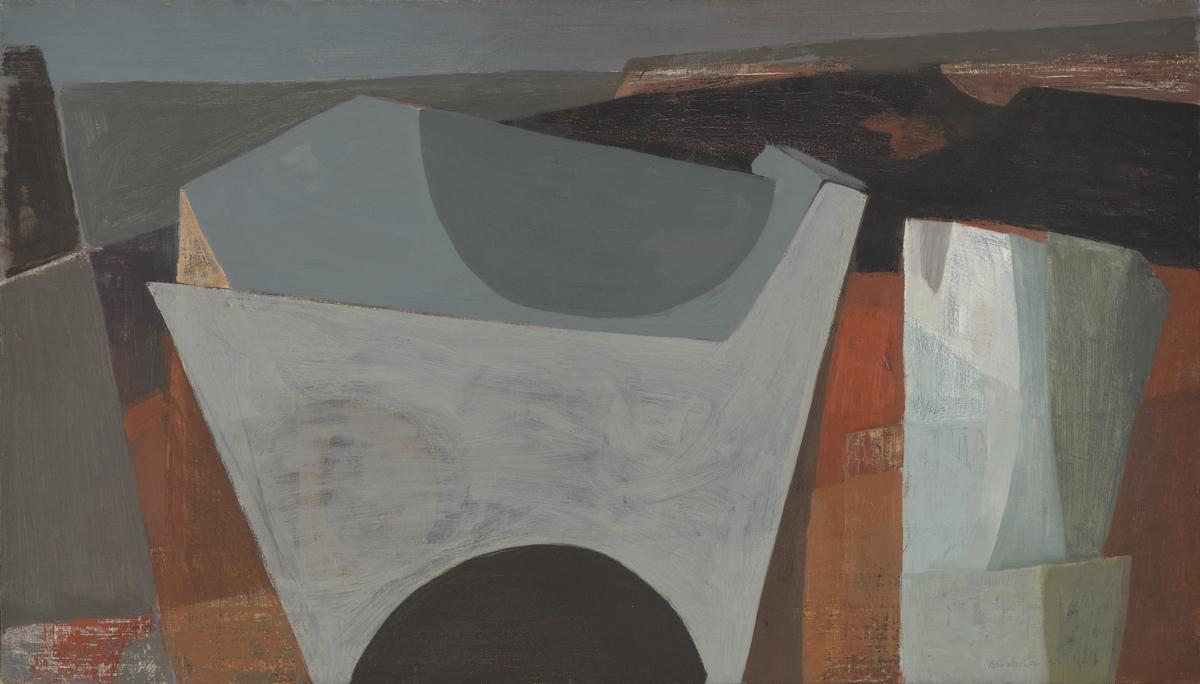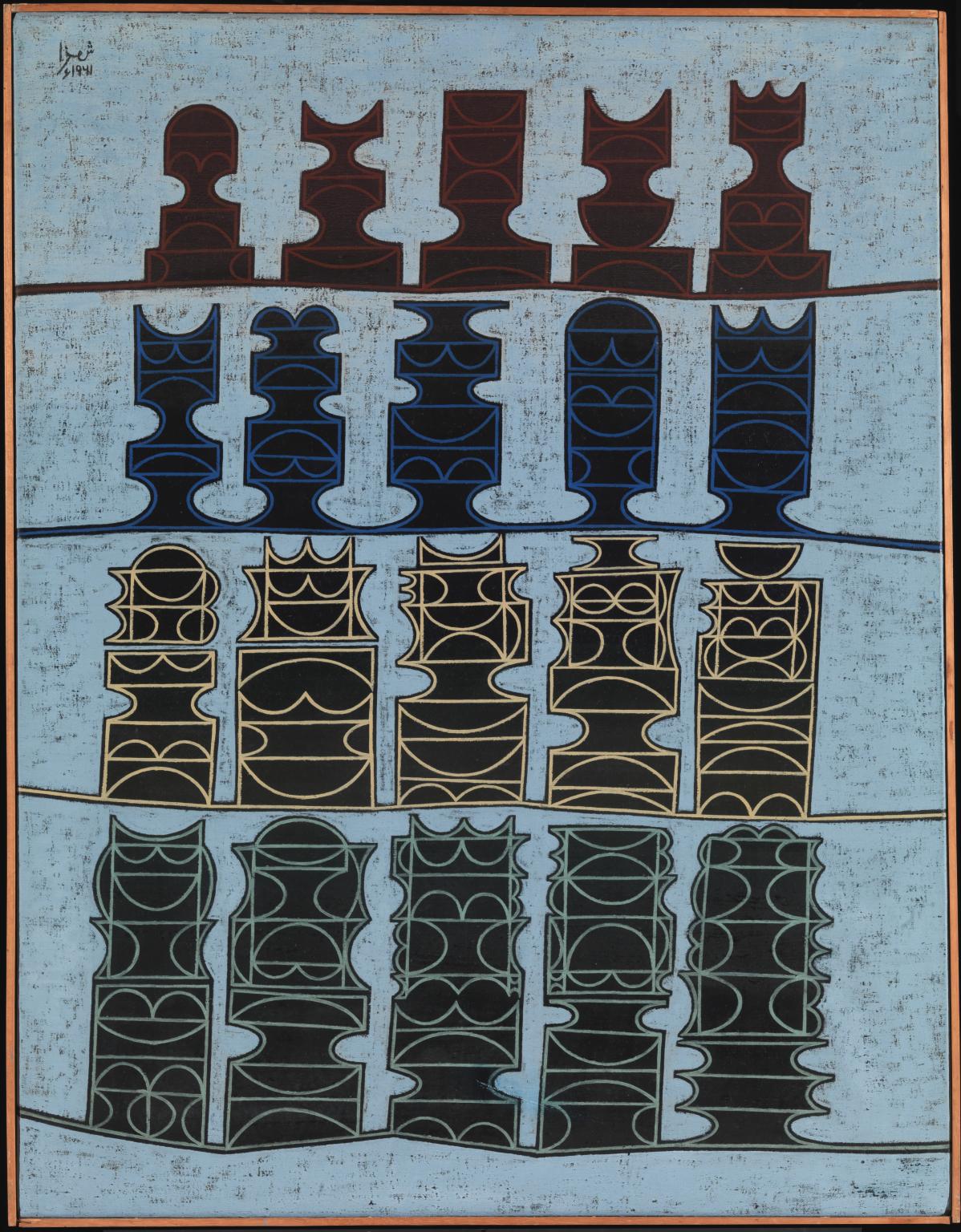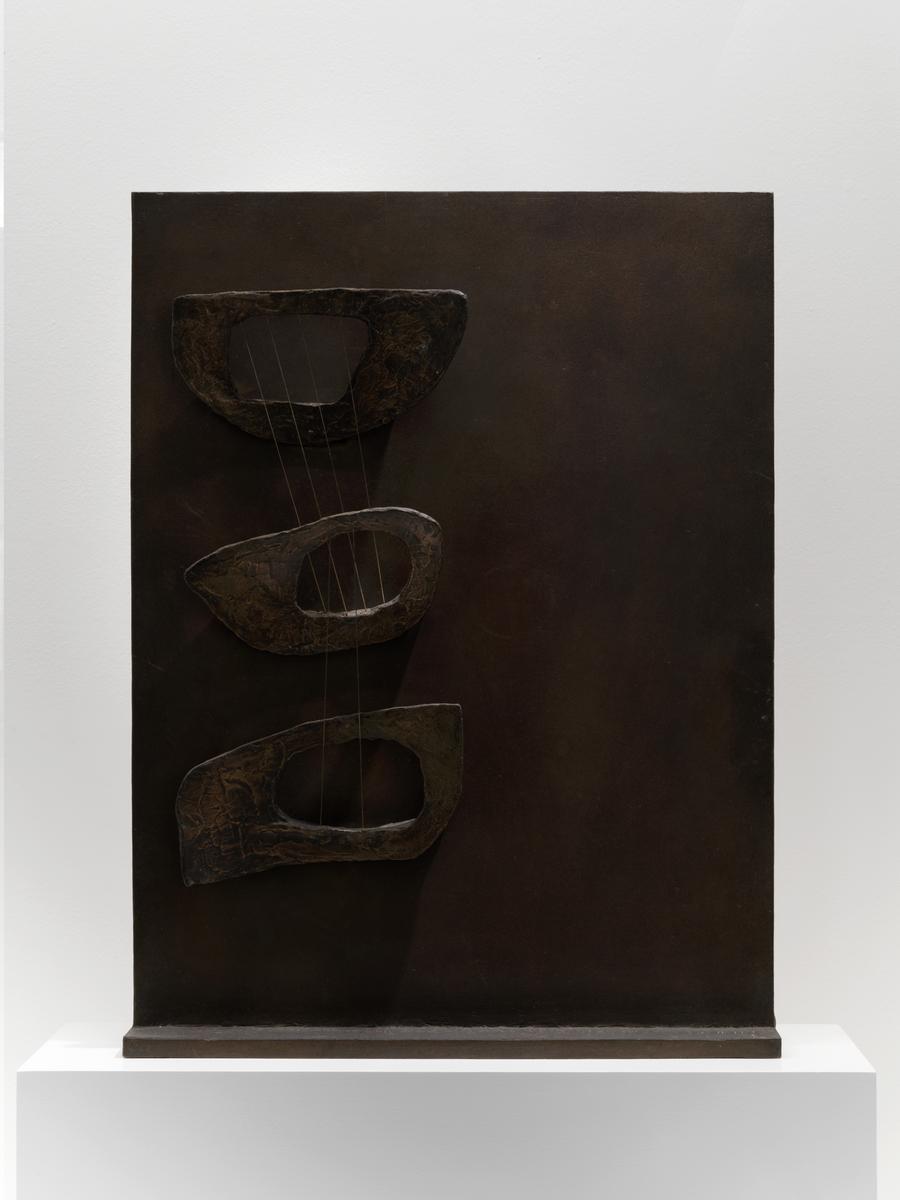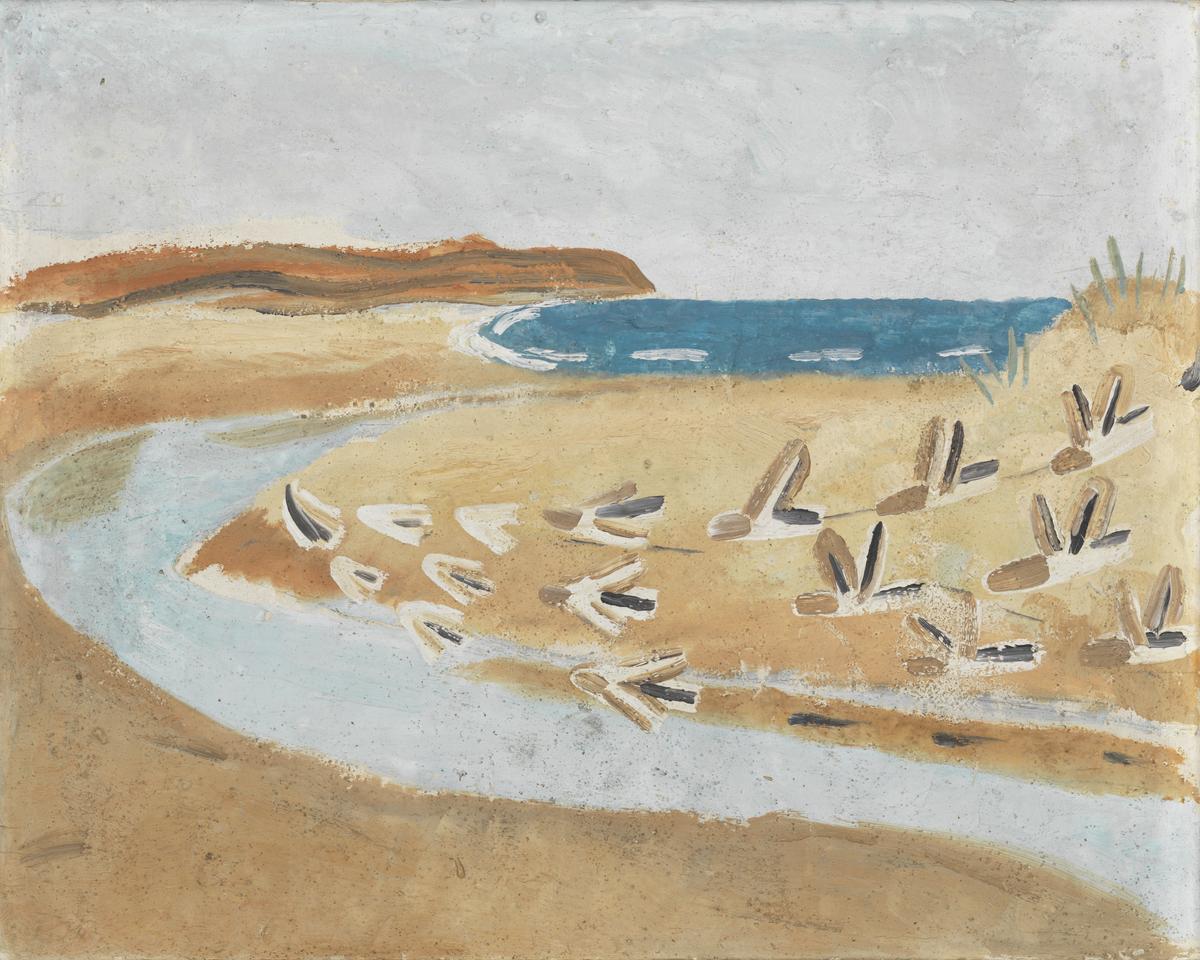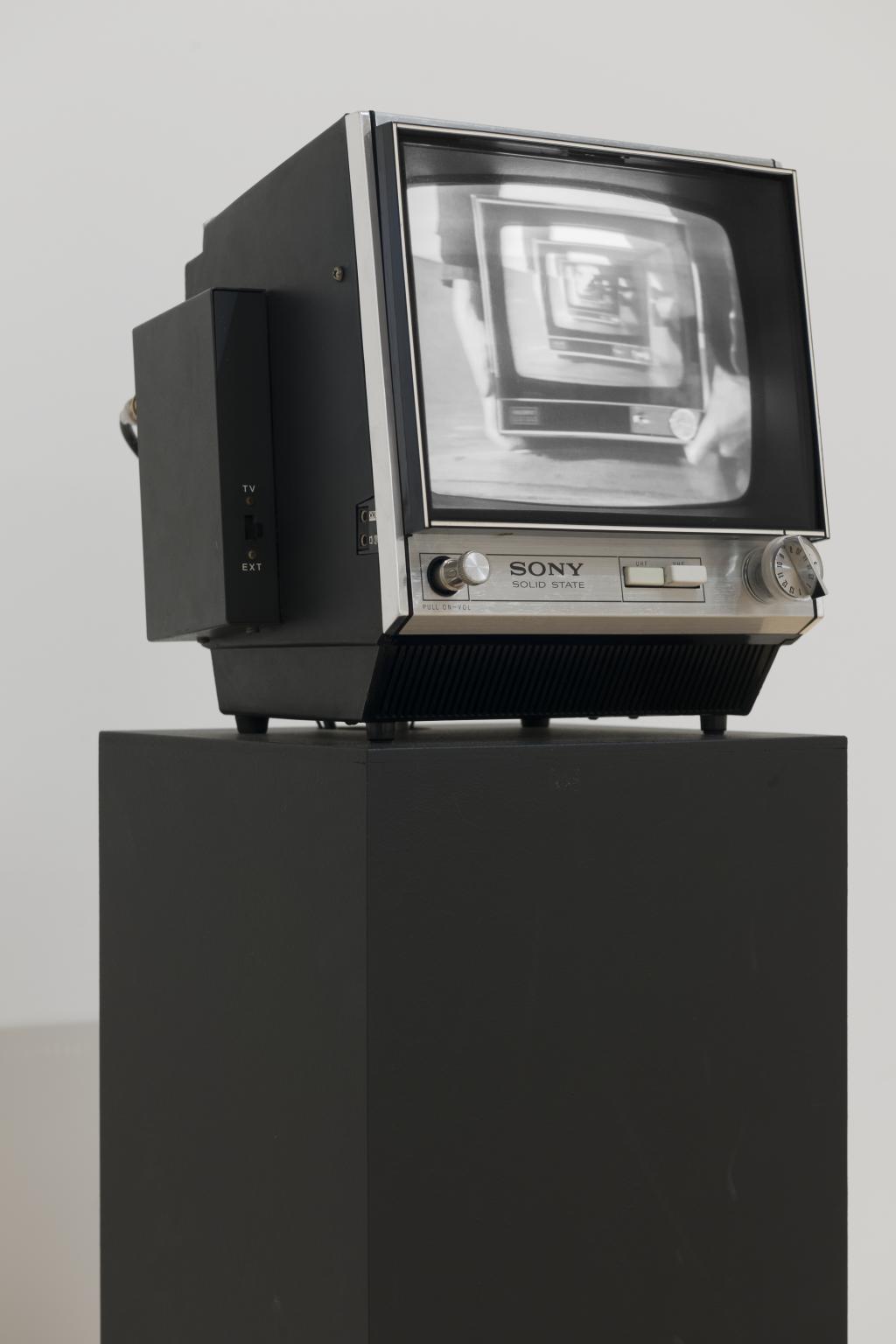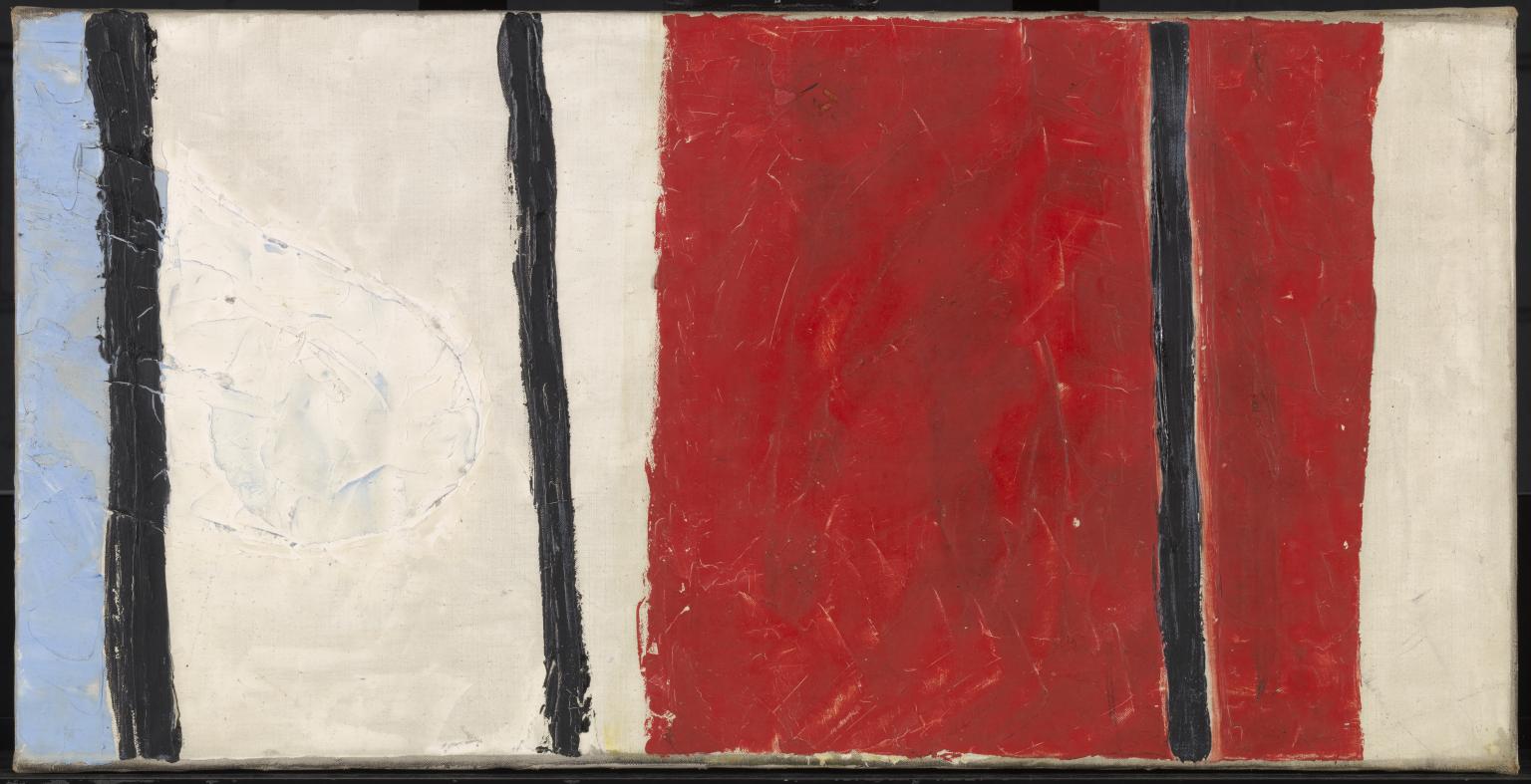6 rooms in Modern Conversations
Artists reimagined abstract art with a social and civic purpose
The works in this room strip back representations of the world to minimal line, colour and form. They reflect aspirations to reinvent societies after the turmoil and destruction of World War Two.
In St Ives and across continents, some artists were envisioning a better future. They embraced order, simplicity and harmony in art to counter the chaos and speed of post-war life. Their abstract works aimed to inspire contemplation, often drawing ideas from music, poetry or philosophy. Other artists explored geometric forms and minimal materials to express concepts such as ‘truth’, creating abstract artworks that do not represent anything more than what you see. In the post-war regeneration of cities and public spaces, their architectural-scale works aimed to promote collective harmony and pride. This legacy of abstraction with a civic purpose is still evident in many towns and cities today.
Spotlight on Bob Law (1934–2004)
'I thought of the black paintings as having no beginning and no end; the complete object'
Bob Law began to paint and draw after he moved to St Ives in the 1950s. He wanted to capture his experience of being in the Cornish landscape and the relationships between the sky, the land and his body.
Inspired by Zen philosophy, Law saw his works as objects for meditation. His works reduce his observations of the landscape to essential lines, colours, shapes and forms. He explored ideas of the void and the whole, developing solely ‘open’ (white) and ‘closed’ (black) drawings and paintings.
Tate St Ives
Level 3
Ongoing
Entry to both the display and the gallery is free for Tate Members, Locals' Pass holders and under 18s.
Become a memberArt in this room
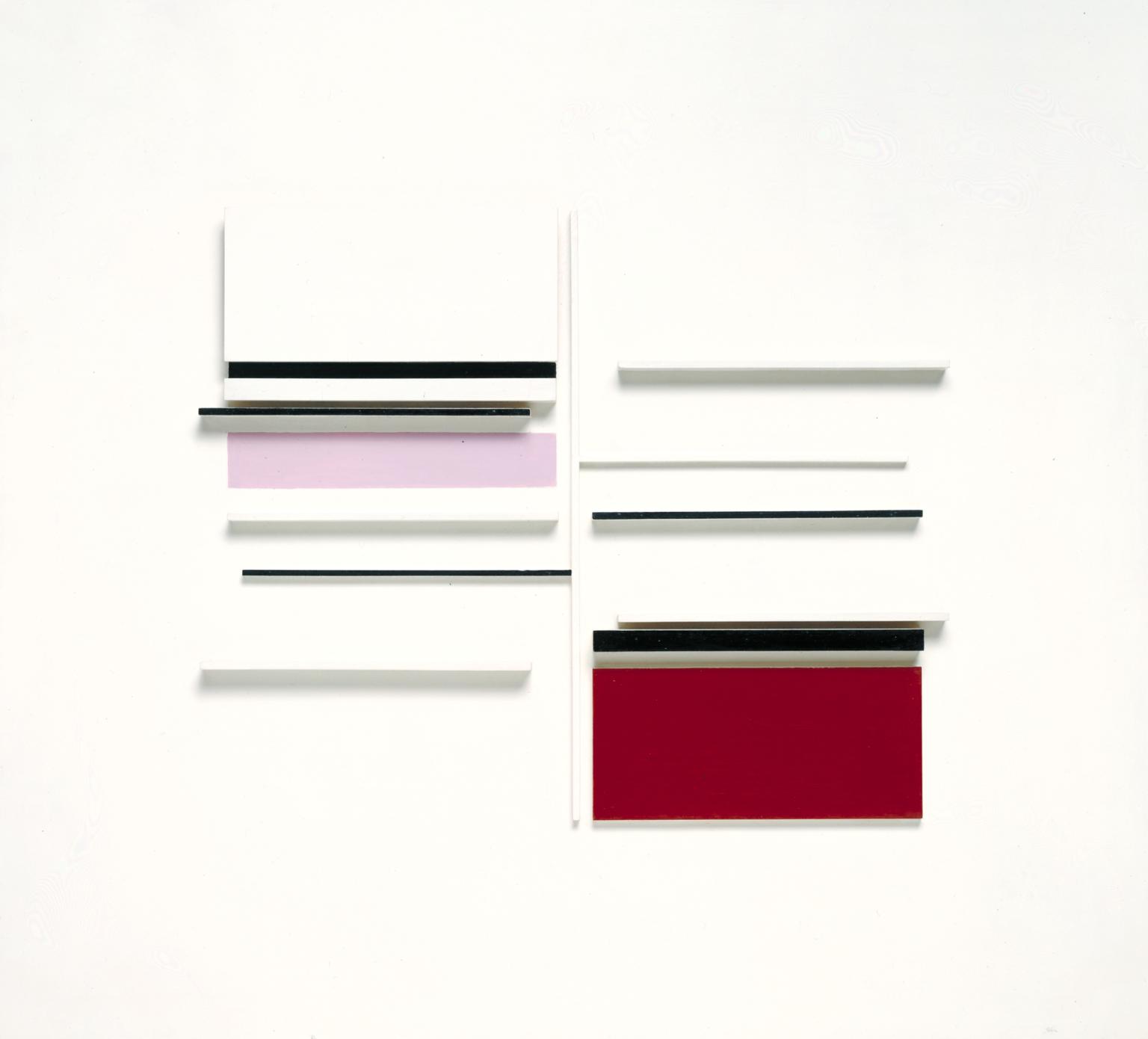
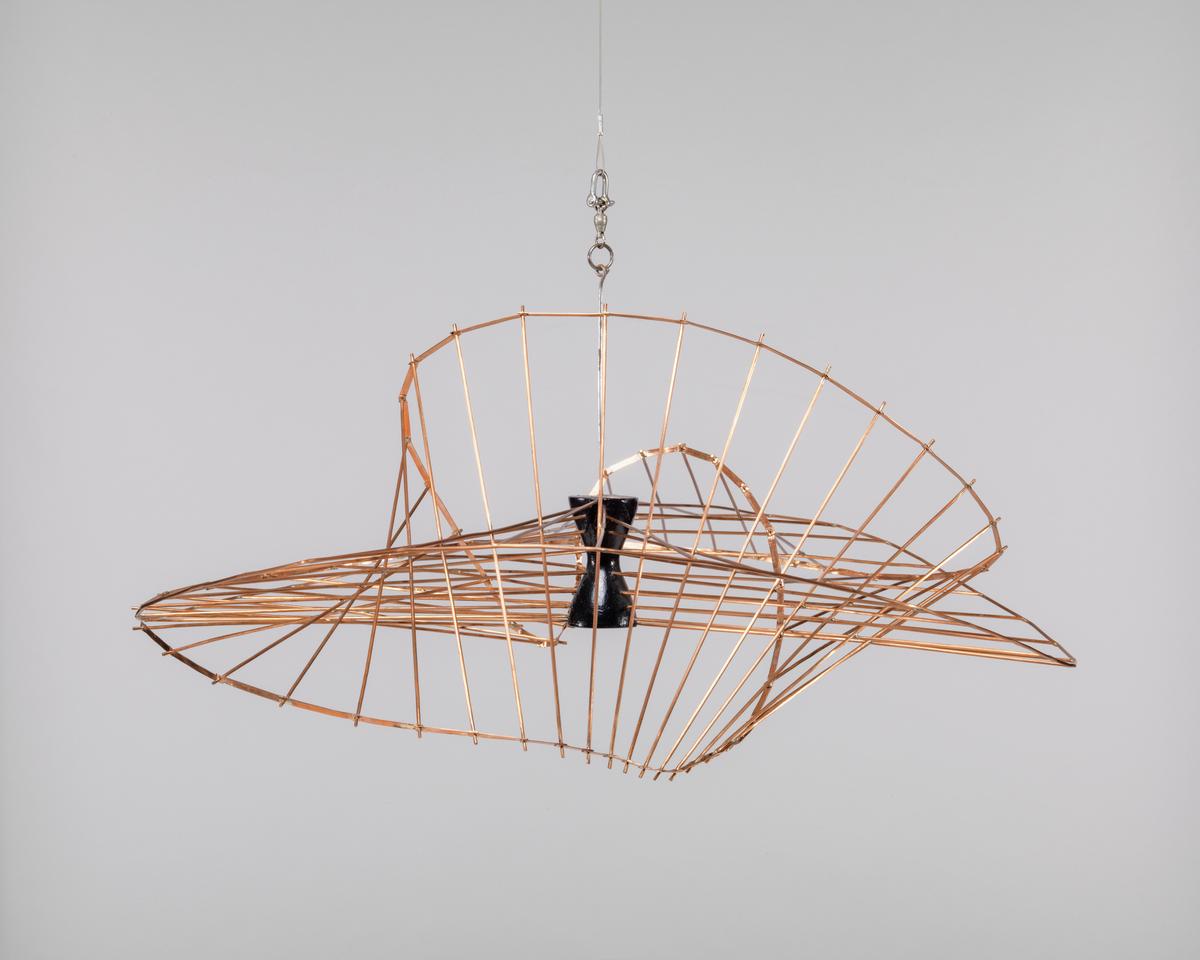
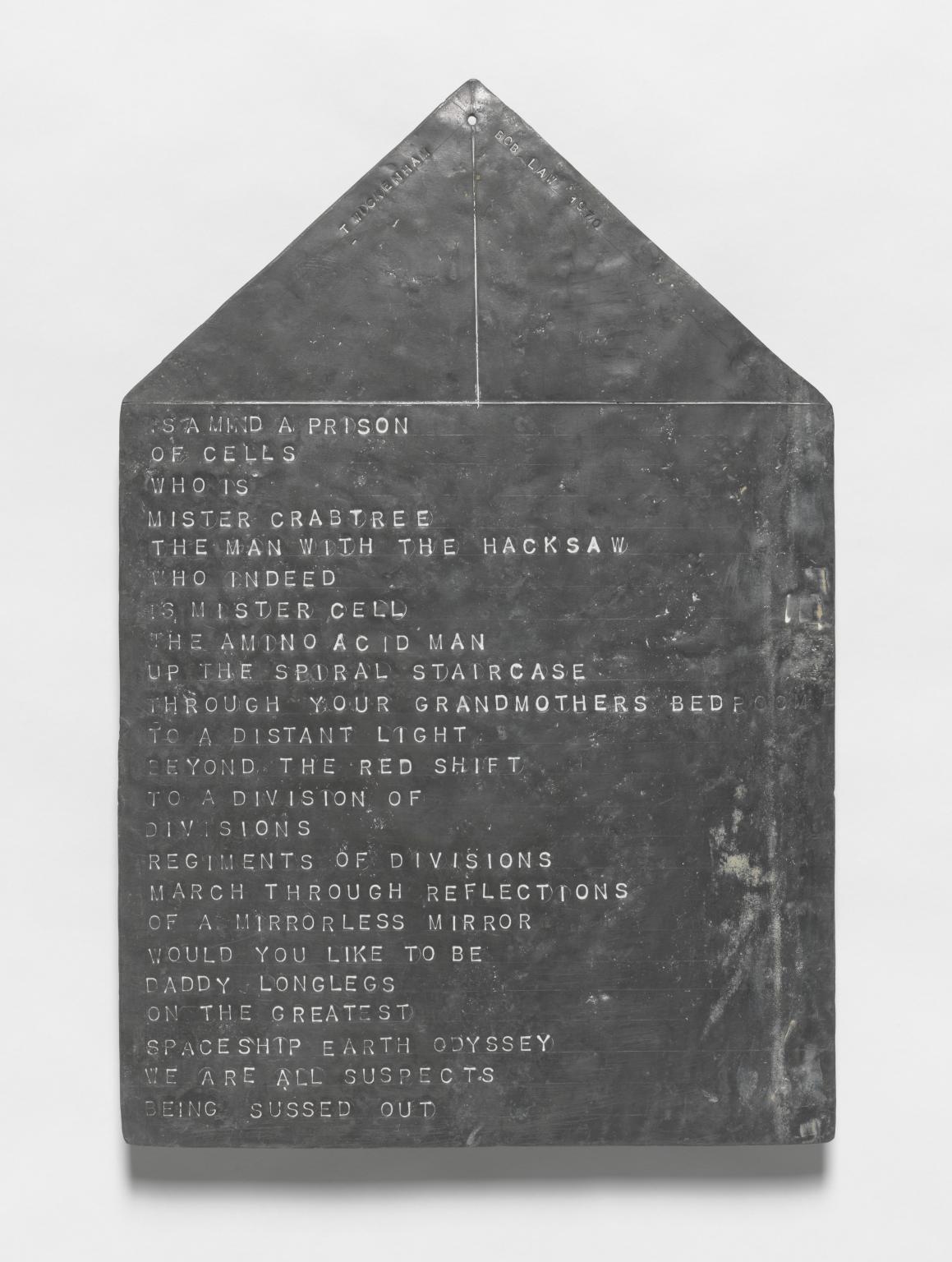
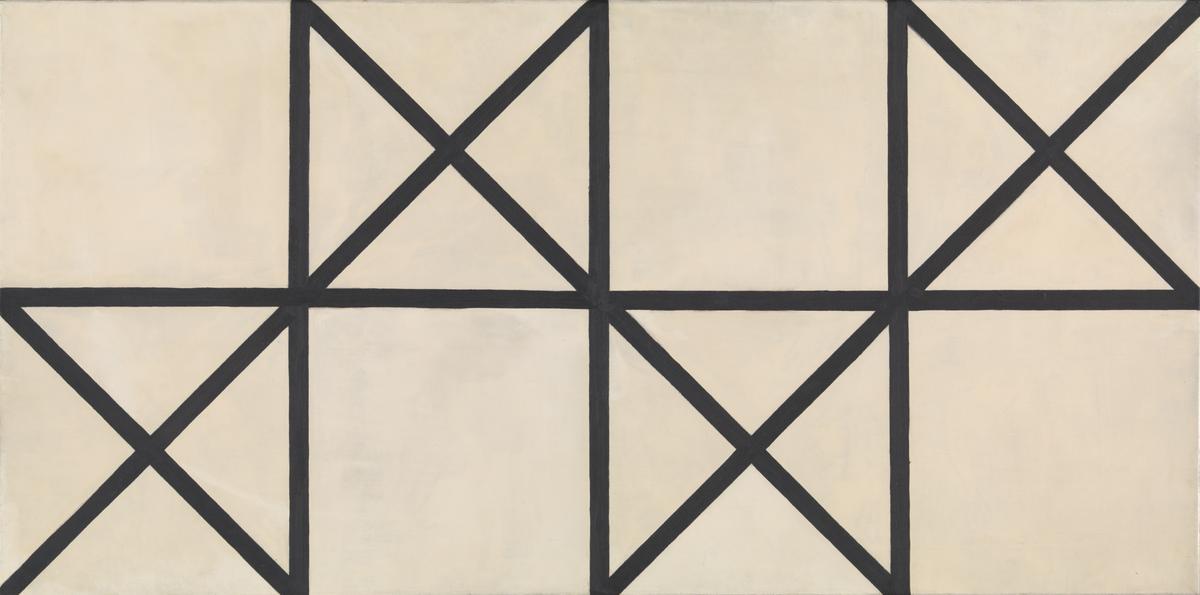
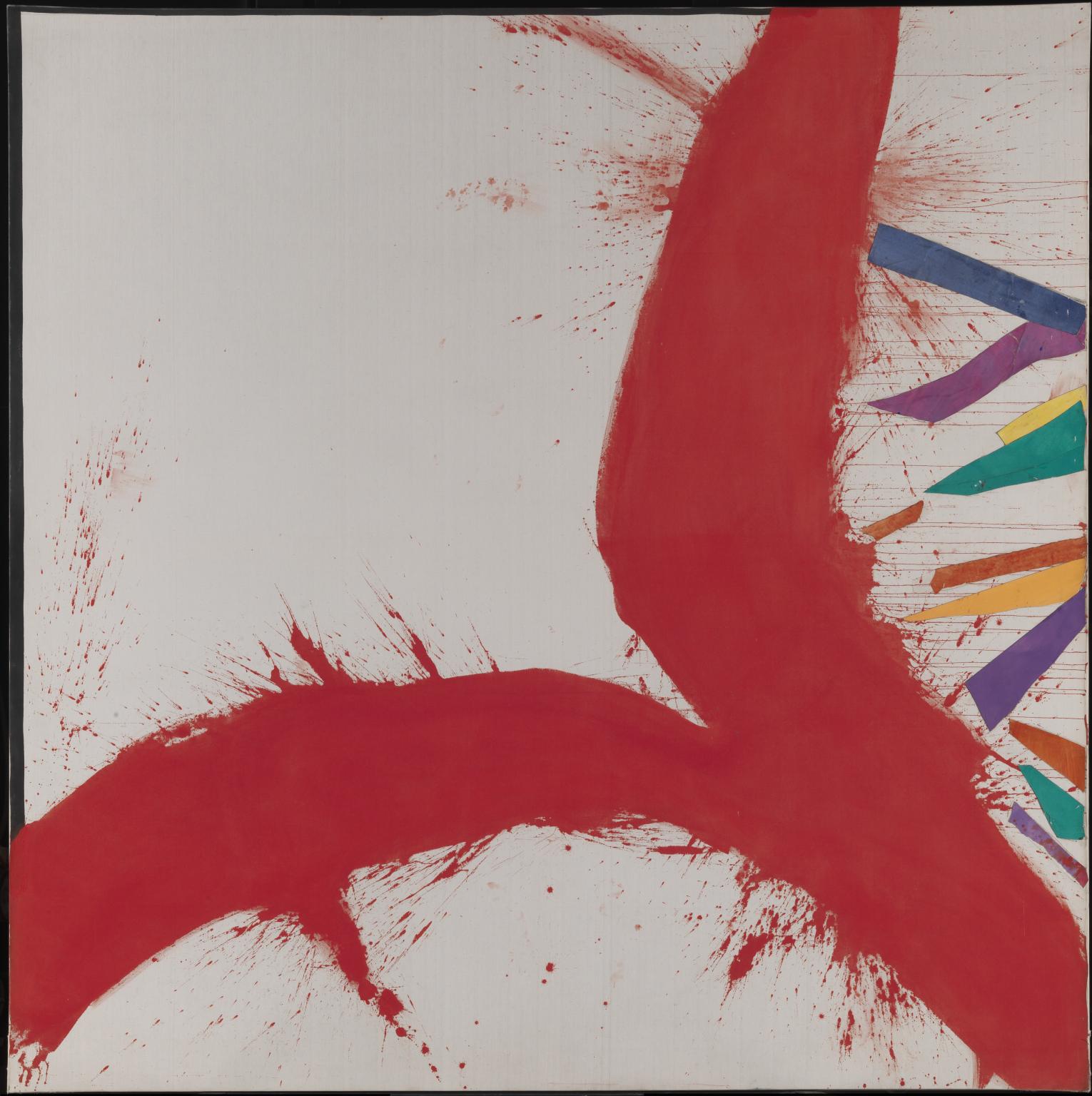
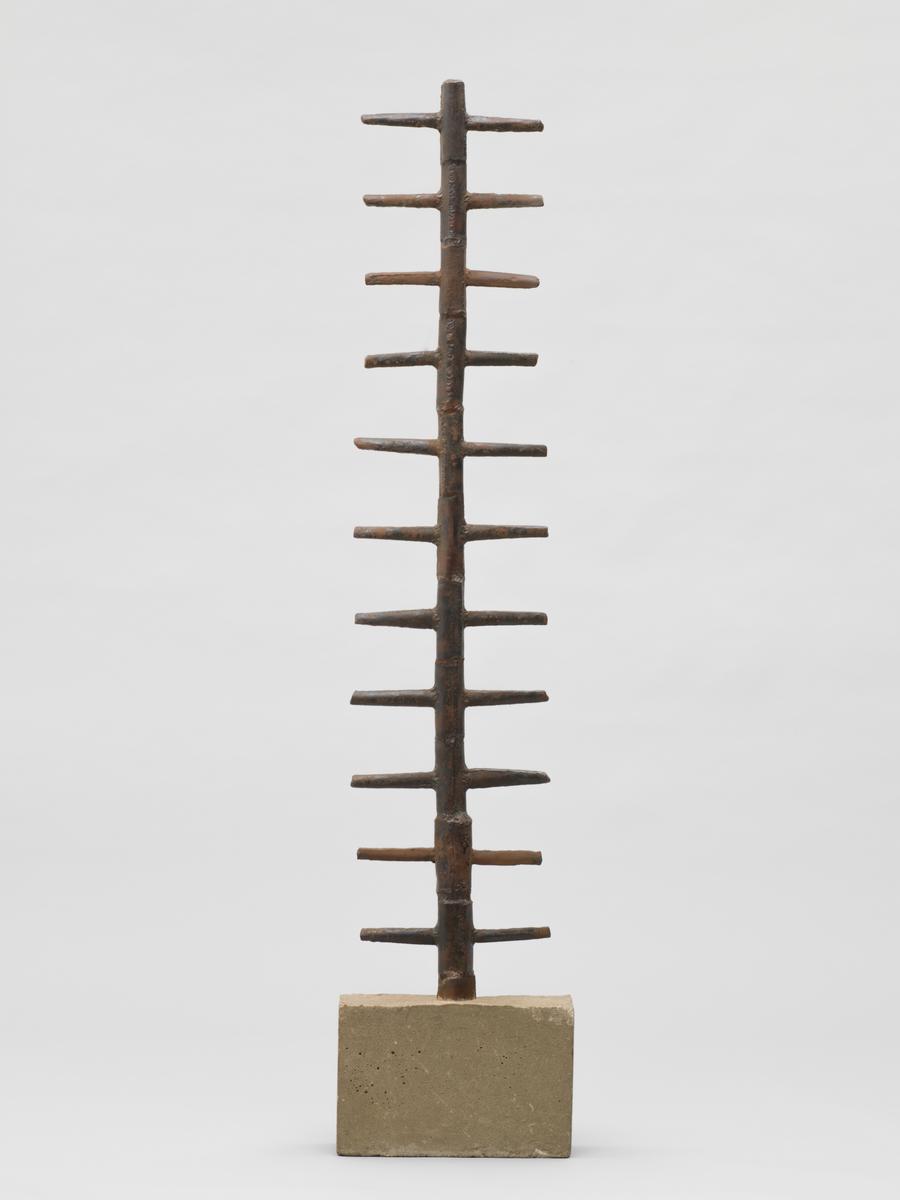
You've viewed 6/15 artworks
You've viewed 15/15 artworks

